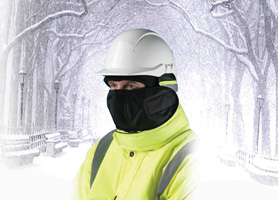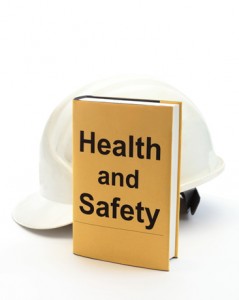 Here are five facts about AEDs and CPR :
Here are five facts about AEDs and CPR :
1. CPR will not restart a heart. Instead, it manually pumps blood through the heart and enables oxygen to reach the brain. This is absolutely vital for someone experiencing cardiac arrest. According to the America Heart Association, if CPR is administered immediately, it doubles or even triples the victim’s rate of survival.
2. CPR is hard work. Pushing hard on the victim’s chest (at a depth of about 2 inches) at a rate of 100 compressions per minute can quickly become exhausting. If another person is available to help give CPR, you should switch out every 2 minutes.
3. Both CPR and AEDs are safe. It’s unlikely you’ll hurt someone by performing CPR. And because CPR is so critical in the first minutes someone experiences cardiac arrest, you should administer this life-saving action even if you’re not absolutely sure whether the victim is breathing or has a heartbeat. Good Samaritan laws also should protect you even if an unlikely injury does occur.
4.An AED will administer a shock for two types of abnormal heart rhythms: ventricular tachycardia and ventricular fibrillation. These are fatal arrhythmias. While they have a high likelihood of being corrected by an AED, they also may recur, which is why it’s important to leave an AED on (while continuing to administer CPR) until emergencies services arrive.
5. AEDs are so easy a third-grader can use one – literally. According to an expert, when third graders were presented with AEDs and asked to use them, they were able to do so correctly. An AED will talk you through each step and determine whether or not a shock is needed. It’s that easy.
via Life Saver: 5 Facts about CPR and AEDs | EHS Today | Health content from EHS Today.

